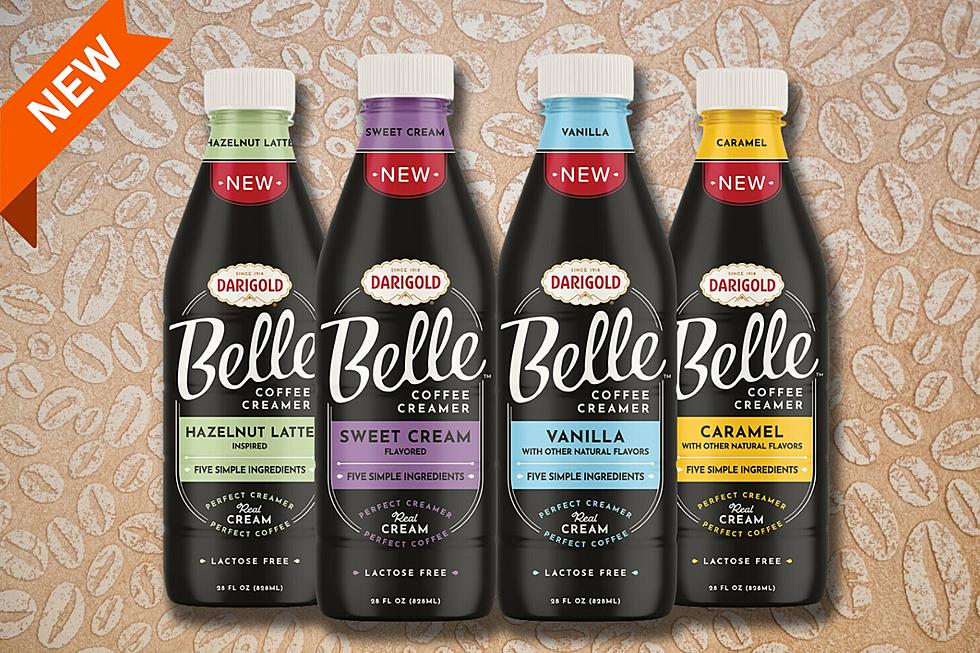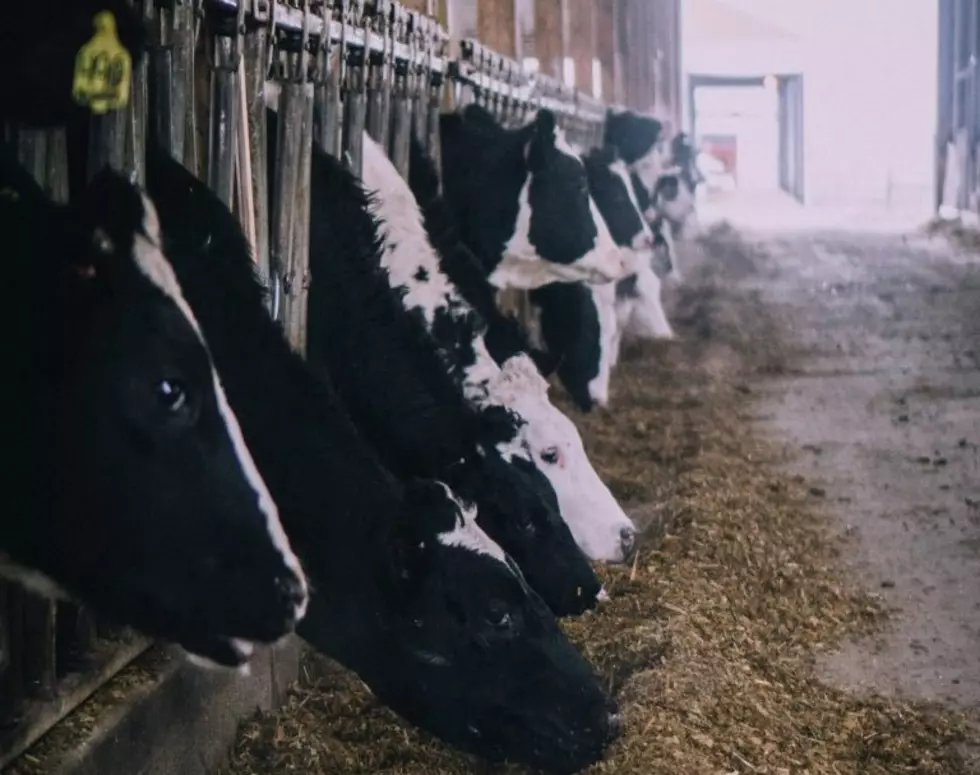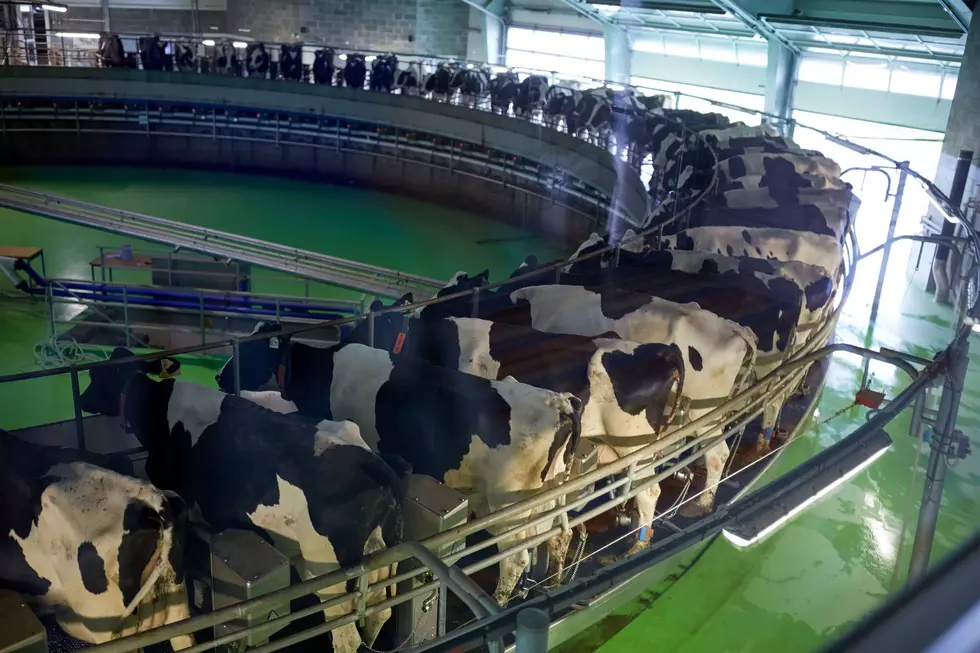
Dairy Industry Meets To Discuss Challenges, Opportunities
The dairy industry met in Denver in late October, as part of the Joint Annual Meeting of the National Milk Producers Federation and the United Dairy Industry Association. The event came during National Cooperative Month, celebrating the more than 40,000 Cooperatives across the United States. Alan Bjerga, National Milk Producers Federation Senior Vice President—Communications, said cooperatives are the backbone of the U.S. dairy industry.
"Cooperatives are important for dairy farmers because dairy, the way it's structured, lends itself to a cooperative structure. When you take a look at the need of a perishable commodity that is harvested every day to have a buyer every single one of those days, dairy isn't like grain that you can put in a shed to store for months on end and time it for when the market is right. Your milk needs to get out there. It needs regular delivery. That means that you can't just do it yourself, the cooperative model has been very helpful for dairy over the years because you need that structure to make your business interact with your consumers, be able to get to those consumers. Cooperative have been very good for dairy and that's why National Cooperative month is a good reason for dairy to celebrate.”
The event comes with several topics, including record dairy demand and consumption, along with exploring changes to the Federal Milk Marketing Order.
"There's going to be a lot of discussion about this record year that we're having in trade, there's going to be discussion about the record consumption from the U.S. consumer. Per capita dairy consumption is now the highest it has been since 1959, even as markets and product mixes have changed. And, of course, there's going to be discussed during about modernization of the Federal Milk Marketing Order system. This has been a concern for the industry for several years. You really got an impetus in the pandemic, when you really saw how that volatility in prices really created some stresses on the system. And now that we've seen that stress test and been through it, it really is incumbent for this industry to look proactively at what 21st century Federal Milk Marketing Orders look like.”
Tackling the challenges of the future, Bjerga, said, requires the cooperative spirit of the dairy industry.
"Having that industry unity, being able to look at what works for all segments of the industry, and that really is farm to fork, because when you take a look at some of the stresses that you have from some of the consumer pressures that you see in terms of concerns about contributions to climate change, when you take a look at some of the competition that you see in the market, and this is everything from international competition to competition from folks that are trying to use your dairy term, it runs the whole gamut. And this is an industry that is strongest when it works together. And as we look at tough issues like milk pricing, competitiveness worldwide, looking at a more sustainable future, It's really going to be that ability to come together, forge some solutions and make things work.”
Learn more from the National Milk Producers Federation by visiting their Website.
If you have a story idea for the PNW Ag Network, call (509) 547-9791, or e-mail glenn.vaagen@townsquaremedia.com
More From PNW Ag Network









